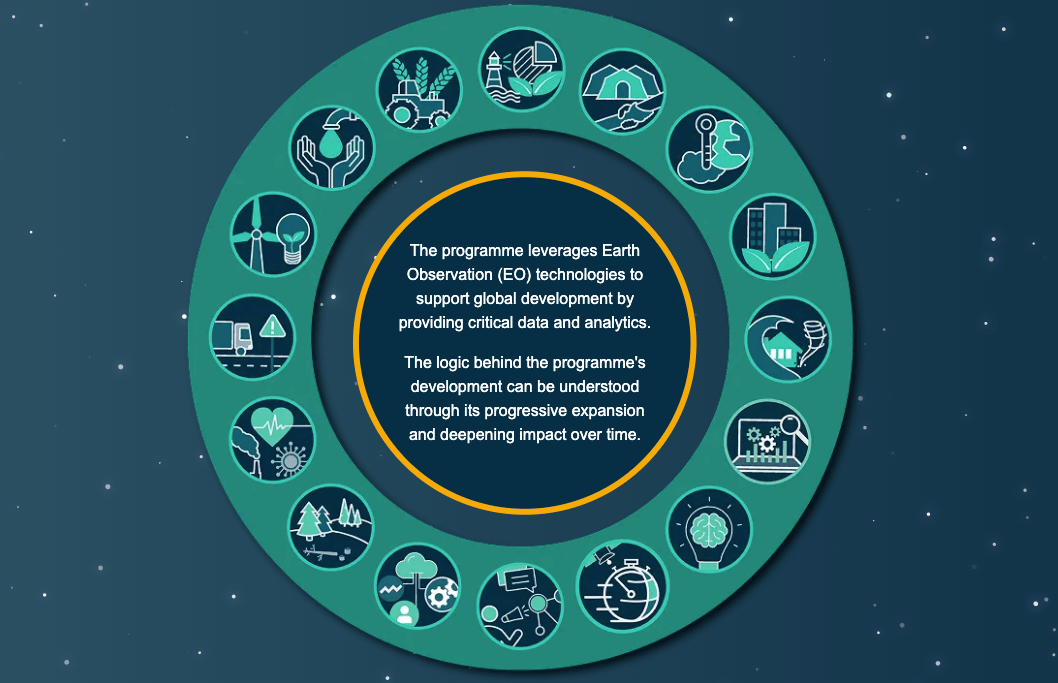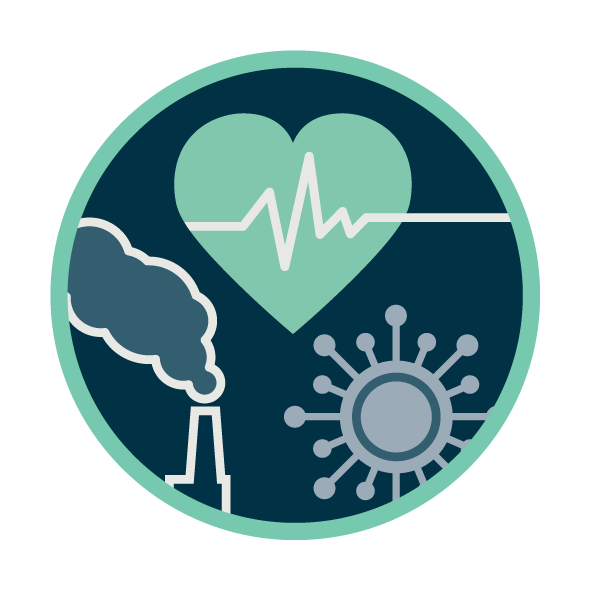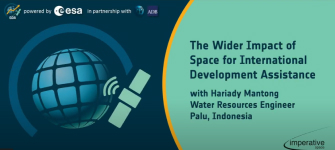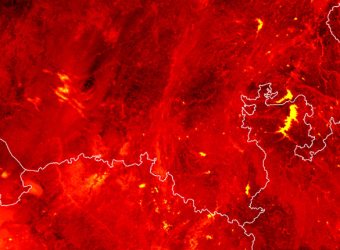Global public health faces numerous challenges, from inaccessibility to health infrastructure to nutrition and food insecurity, as well as increasing health risks due to climate change and environmentally sensitive infectious diseases. Public health systems are further strained by budget constraints, demographic shifts, and climate-related stressors, increasing the burden of non-communicable diseases and exposure to environmental hazards. International Financial Institutions (IFIs) play a crucial role in strengthening health infrastructure and responses, with the World Bank managing a $34 billion health portfolio and the Asian Development Bank tackling health sector challenges through its Strategy 2030.
Earth Observation (EO) is increasingly seen as an essential source of information that can complement national data and support countries in the monitoring of key indicators related to health risks or factors of vulnerability. EO enhances situational awareness in health crises, supports disease outbreak monitoring, and provides insights into extreme weather events and air quality. It helps detect early warning signs of infectious diseases like malaria and dengue, contributes to air pollution assessments, and informs policy decisions for urban health improvements. The World Bank’s study in Cairo, for example, demonstrated how EO data can help assess vehicle density’s impact on air quality, leading to more effective transportation policies. When combined with public health and other sources of information, EO can provide vital knowledge about risk to public health and opportunities for improvement.
The ESA GDA programme has now launched the new thematic activity on Public Health under the ESA GDA AID activity line. Developed in collaboration with key International Financial Institutions (IFIs), this activity addresses major health sector priorities, aiming to mainstream the use of EO in development operations.
The ESA GDA AID Public Health thematic activity officially commenced in September 2024 and is led by Brockmann Consult (Germany) in partnership with GMV (Spain). The activity is further supported by three European companies: Barcelona Supercomputing Center (Spain), Diginove (France), and mundialis (Germany).
The EO products and information provided by the consortium will meet the specific needs of IFI projects, and are aimed to support the following use cases:
- Health infrastructure accessibility
- Health infrastructure vulnerability
- Climate-related health risks
- Environmentally sensitive infectious diseases
- Airborne and waterborne health hazards
- Emerging diseases in the One Health context
- Nutrition and food insecurity
Other ESA GDA activities have also addressed health-related challenges. For example, the Urban Sustainability thematic activity under ESA’s GDA has tackled health issues by analysing Urban Heat Island (UHI) impacts. A case study from the DREAMS project in Pakistan, in collaboration with the Asian Development Bank, demonstrated how advanced analytics can assess urban green space provision to prioritise investments, reduce UHI effects, and improve liveability and resilience. Likewise, ESA’s GDA Climate Resilience thematic activity has worked on climate adaptation solutions that support health resilience, such as flood risk assessment models that help mitigate the health impacts of extreme weather events, particularly in vulnerable regions. These examples illustrate how EO is already being applied to support health-related challenges.
However, while these efforts contribute to health resilience, the new Public Health thematic activity aims to expand on them by delivering targeted, impactful case studies and demonstrating the added value of EO in directly addressing public health challenges.
ESA is expanding EO-driven public health initiatives through several key activities, including Φ-lab’s AI-driven disease forecasting, the ESA Climate Office’s health risk assessments, and the RACE Dashboard’s air quality monitoring. The EO4HEALTH RESILIENCE project is also developing a virtual EO platform for public health, containing epidemiological, environmental, and socio-economic data.
However, broader adoption of EO in public health faces challenges, such as limited access to high-quality data, lack of awareness among health professionals, and political hesitancy in integrating EO into policy decisions. Addressing these barriers requires greater investment in EO data accessibility, training, and political engagement to ensure that EO insights effectively contribute to global health strategies.
By unlocking the full potential of EO data and fostering international collaboration, ESA’s GDA AID Public Health thematic activity aims to transform global public health resilience, mitigating risks and enhancing equitable healthcare access worldwide.
















